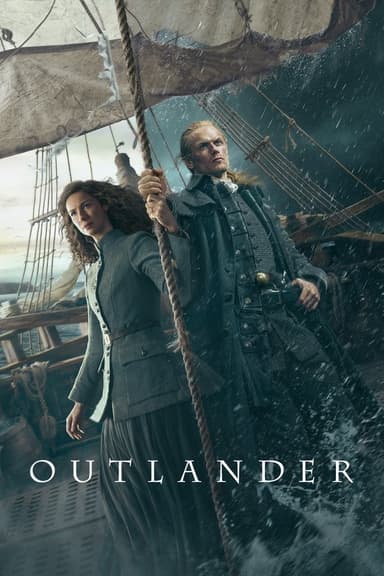
Kidnapped
1979 • Drama
David McCallum stars as the rebellious Alan Breck Stewart, and this ambitious serial (a co-production between HTV and Germany's Tele-Munchen) also features a host of British character actors, including Bill Simpson, Patrick Allen, Andrew Keir, Patrick Magee and Frank Windsor.
When young David Balfour arrives at his uncle's bleak Scottish house to claim his inheritance, his relative tries to murder him then has him shipped off to be sold as a slave in the colonies. Luckily for the lad, he strikes up a friendship with Alan Breck Stewart, who is on the run after Bonnie Prince Charlie's defeat at Culloden. When a ship's captain tries to kill Breck for his money, the two manage to get to land and set out for Edinburgh, dodging the ruthless Redcoats along the way.
Why you should read the novel
Reading Robert Louis Stevenson’s Kidnapped immerses you in the rich language, historical detail, and layered character development that only original literature can provide. Each page reveals the author’s deep understanding of Scotland’s culture and turbulent history, transporting readers to a world beyond television screens. The novel’s narrative depth, vivid settings, and emotional landscapes offer a literary journey far more satisfying and nuanced than any adaptation.
Unlike the TV series, which condenses and alters scenes for the sake of pacing and visual drama, the novel delves into David Balfour’s internal struggles, moral dilemmas, and personal growth. Stevenson’s storytelling not only entertains but sparks questions about loyalty, justice, and identity — themes explored subtly, which can be lost in film adaptions. Readers are rewarded with unforgettable nuances and the elegant interplay of adventure and reflection that makes classic literature enduring.
Moreover, by experiencing Kidnapped in its original form, you have the opportunity to appreciate Stevenson’s skillful prose and historical accuracy. The twists, betrayals, and friendships in the story unfold with an intensity and intimacy only found in the written word. For a truly immersive and enriching adventure, there’s no substitute for the novel itself.
Adaptation differences
One major difference between the 1979 TV adaptation and the novel lies in the approach to characterization. The series often simplifies complex characters for accessibility and time constraints, potentially flattening the growth and interiority that Stevenson so carefully constructs for figures like David Balfour and Alan Breck. Audiences may notice abridged or altered motivations, which can change the viewer’s perception of loyalty, bravery, and trust throughout the story.
The TV series necessarily omits or merges several scenes and secondary characters in the interest of pacing. Key events are sometimes shortened, while minor plot points may be left out altogether or replaced with original material to heighten visual drama. This truncation can affect the story’s buildup of suspense and impact the sense of journey that, in the novel, forms the backbone of David’s maturation.
Notably, the adaptation often reorders events to fit episodic structures, which impacts the narrative’s flow. The journey through the Highlands is much more detailed and sweeping in the book, with landscapes and historical context playing a far more significant role. On television, these are visually impressive but frequently lack the commentary and cultural texture provided by Stevenson’s descriptions and insights.
Finally, the novel’s ending offers a deeper sense of resolution and moral ambiguity than the adaptation typically allows. The show may opt for a more defined closure or emotional climax, catering to audience expectations. In contrast, Stevenson concludes with a blend of triumph and uncertainty, reflecting the realities of life and the lingering questions after grand adventures end.
Kidnapped inspired from
Kidnapped
by Robert Louis Stevenson













